Limerick University’s Equine Science final year projects for 2023 were recently presented to a packed audience. Supported by some of the biggest names in the equine business, the students shared their fascinating research on topics ranging from equine welfare to Connemara sales. Coolmore awarded three awards for excellence to three students - not an easy task as the quality of work was outstanding across the board.
The Coolmore gold award went to Luke Kevin for his research: A Comparison Between Dirt and Turf Horse Racing in the US. Silver was scooped by Laura Dayot for Application of Near Infrared Reflectance Spectroscopy to Measure the Composition of Mare’s Colostrum and Milk and bronze was awarded to Nicola Boylan for her work Effects of Steaming and Soaking Hay on Nutrient Content, Respirable Dust Concentrations and Microbial Growth.
Turf/dirt racing
Luke Kevin’s gold medal winning research was focused on US racing.
“Horse racing on the dirt has been a popular sport for many years in the United States of America and although there is a recent rise in popularity with turf racing in the country, the most prestigious and richest races in the American racing season happen on the dirt.
“Not many studies comparing the two racing formats have been performed. Data from 454 graded races in the US (227 dirt and 227 turf) from the years 2017 to 2019 was gathered from lists on offtrackbetting.com and was organised into Microsoft Excel spreadsheets. The races were divided into four distance categories and 20 races were selected at intervals dictated by the total group size. Variables analysed included winning times, purse amount, gender of winner, number of pull ups and weather conditions.”
Significant distance
“The data was analysed using IBM SPSS statistics, using Mann Whitney U, Independent T-Tests and Chi Square tests. There was a significant difference (p<0.001) between dirt and turf winning times in races <6.5 furlongs (Dirt = 1min 10sec & Turf 1m 4sec) and 6.5-8 furlongs (p<0.001) in length (Dirt = 1m 39sec and Turf = 1m 49 sec) across the 3-year period. There was no significant difference between winning times over distances between 8-10 furlongs and >10 furlongs (p > 0.05).
“There was no significant difference between prize money won by males or females on the dirt or turf in 2017 (p >0.05). However, there was a significant difference (p < 0.01) between prize money earned by males ($712,500), and females ($308,035) on dirt for races <6.5f in length.
“2019 was the same, as there was only a significant difference (p <0.01) between male ($685,664) and female ($520,535) total prize money won on dirt for races <6.5f in length. Out of all the runners from each dirt race across the 3 years (N=1,853), 0.65% of runners pulled up compared to 0.2% of runners that pulled up on the turf (N=1,996).
“Dirt races had more prize money across all distances (N= $113,175,000) than turf races (N= $87,710,000) over the three years. Winning times on the dirt were quicker on average (Mdn =2 mins 2 seconds) than on the turf (Mdn = 2 mins 6 seconds).
Organic compounds
Silver medallist student Laura Dayot turned her attention to mare’s colostrum and milk: “Providing sufficient intake of high-quality colostrum immediately after birth is the most important factor affecting foal health and future development. The quality of colostrum and milk is primarily based on the protein content due to the immunoglobulins. Near Infrared Reflectance Spectroscopy (NIRS) can measure organic compounds such as protein, fat, carbohydrates, and water from a single spectral scan. NIRS is becoming increasingly popular in the agricultural sector as it provides a rapid and non-destructive analysis of organic material.
“The use of NIRS has been successful for the determination of milk composition in many species. However, no research has been conducted on the application of NIRS on determining the composition of equine colostrum and milk. This study aimed to examine the feasibility of examining the composition of mare’s colostrum and milk using NIRS, specifically, the crude protein (CP), non-protein nitrogen (NPN), and true protein (TP) content in mare’s colostrum and milk.
“The study showed that NIR is a potentially useful and feasible method for evaluating the protein composition of mare’s colostrum. Milk did not predict with reliability, thus limiting the feasibility of NIR application in mare’s milk.”
Forage quality
Fodder was the focus of Nicola Boylan’s innovative work: “It is well known that forages are an essential element of a horse’s diet. Forages provide the horse with adequate fibre to keep the caecum and colon healthy. There have been studies to show that the forage quality can have serious effects on horse’s health and performance. There are many different feeding practices that have been used to counteract poor quality forages.
“The aim of this experiment is to examine the effects of steaming and soaking hay on nutrient content, respirable dust concentrations and microbial growth. Both good quality and poor-quality hay were used for the study. All hay types were exposed to three treatments (1) dry (control) (2) steamed for 60 mins (Haygain™ steamer) (3) soaked in tap water for a period of 10 minutes.
“Overall, this study highlighted that soaking hay is a good feeding practice for reducing dust but it does affect the dry matter content. Steaming is an ideal method to decrease the number of bacteria and fungi in the hay without having a negative effect on the nutrients. The use of any of the treatments used in this study will not improve the overall quality of poor hay.”
It’s plain to see from the research findings and the dedication of the students that the cutting edge in equine science is in very good hands and the innovators of the future are already hard at work here in Ireland.
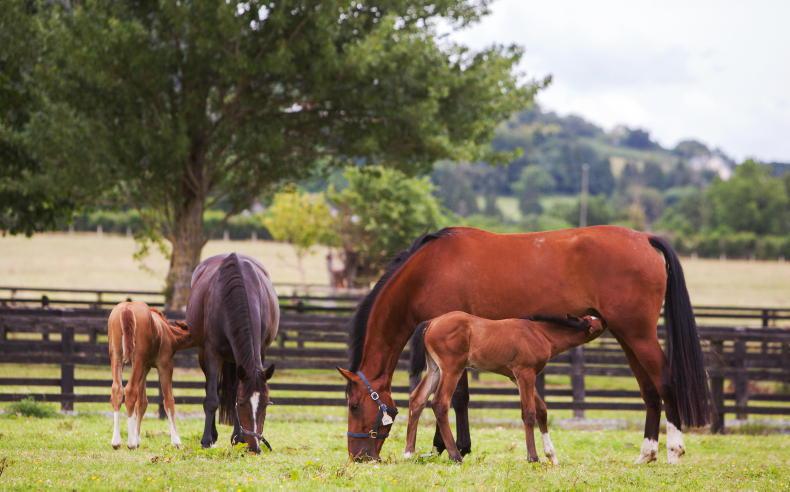



 This is a subscriber-only article
This is a subscriber-only article
 It looks like you're browsing in private mode
It looks like you're browsing in private mode




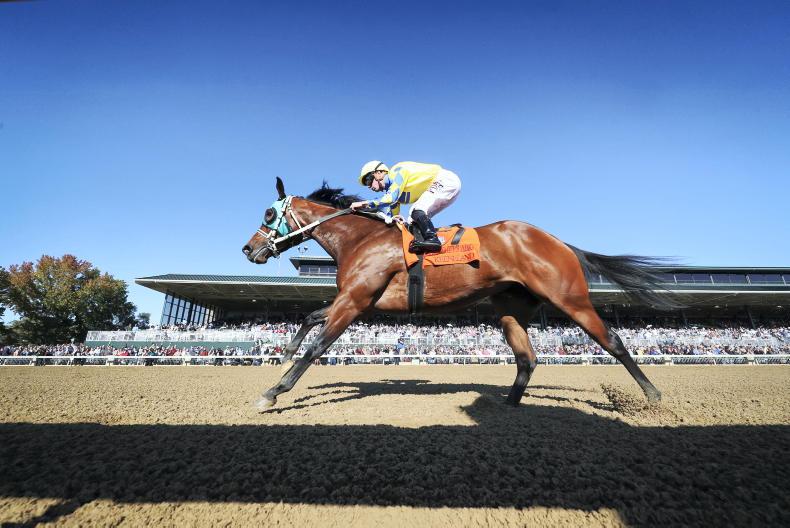
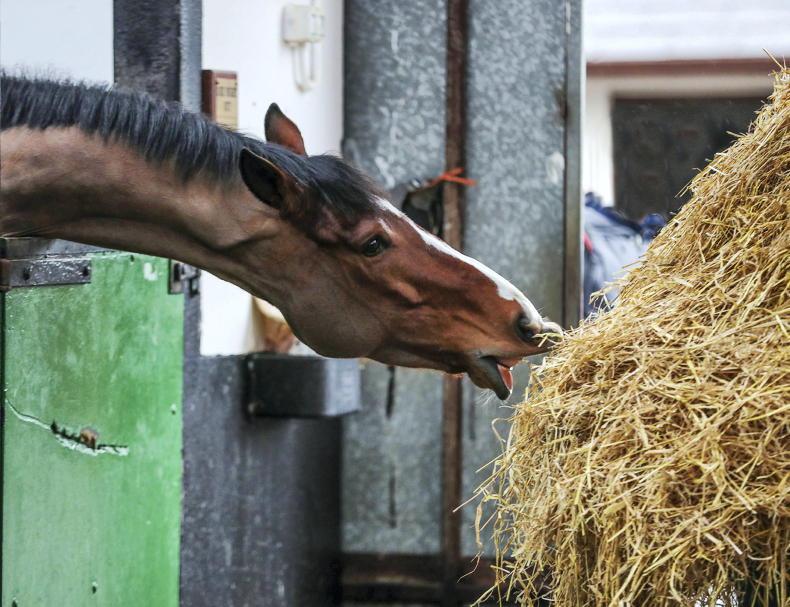

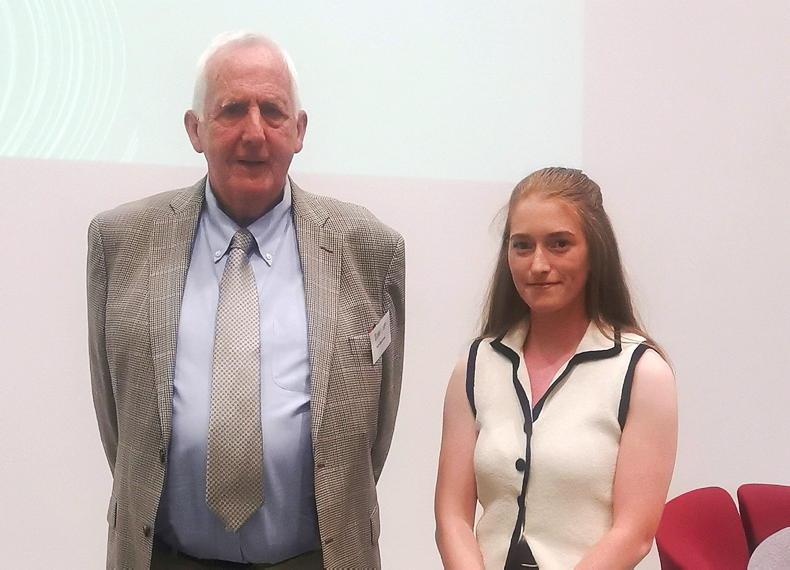

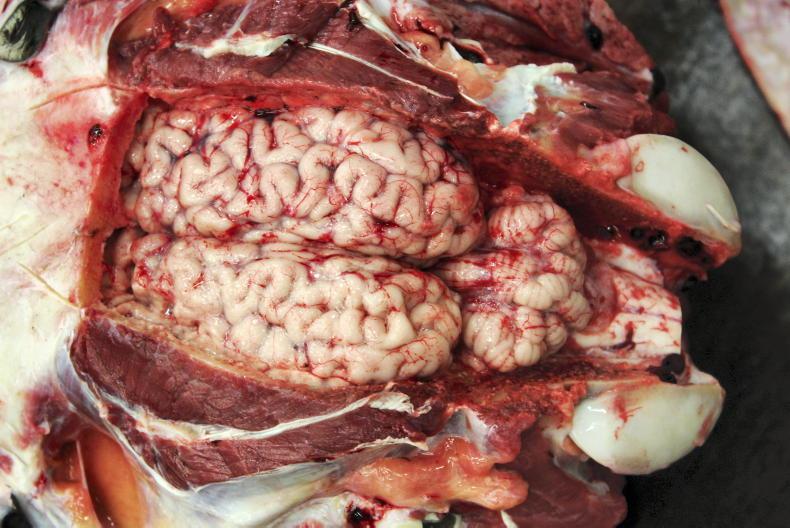
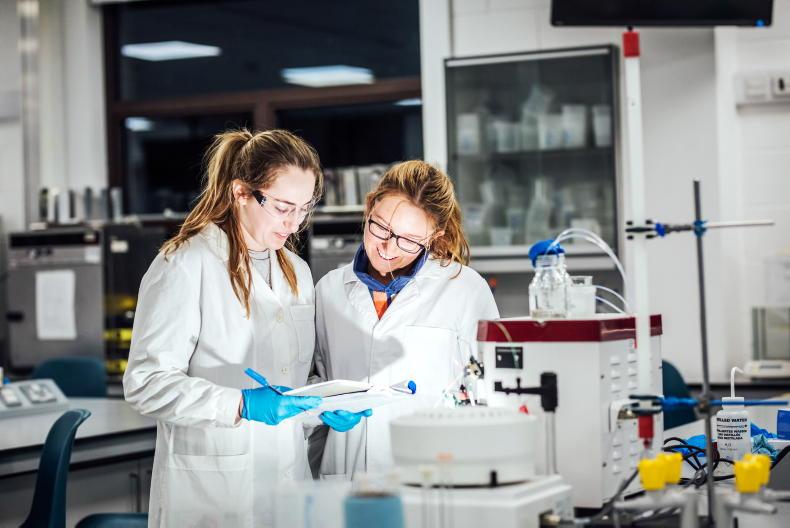

SHARING OPTIONS: